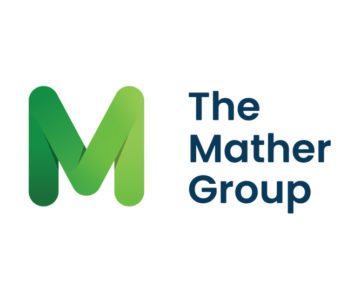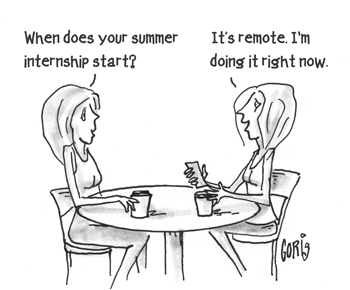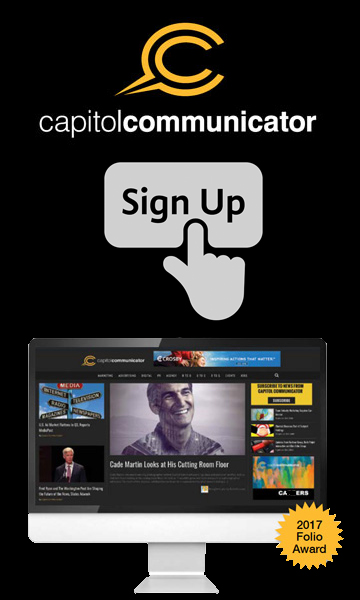What is the biggest problem Ed Barks of Barks Communications and Carol Buckland of The Communication Center have with media training? It’s not always long term.
On July 22nd, PR professionals from around the D.C. area came together at a PRSA-NCC Professional Development session to learn how to make their media training better. The biggest piece of advice given to attendees: keep it ongoing.
Media training begins internally. There are key parts of your message and it is important that they are communicated effectively. Both Barks and Buckland agreed, relationships with journalists are important. However, it’s also important to remember that they are business relationships. Journalists can, and will, ask tough questions. It’s all about how you are prepared.
President and CEO of News Generation, Susan Matthews Apgood, moderated the discussion. Though the questions were diverse, the takeaway can be summarized into a few key ideas -much like the panelists advice that your message should be.
Buckland discussed three types of news stories: those that confirm conventional wisdom, those that contradict conventional wisdom, and those that create conventional wisdom. If public perception of your organization is negative, stories that contradict convention wisdom are crucial. However, if your organization is new in the public eye, stories that create conventional wisdom are a PR professional’s greatest opportunity.
Barks said there are also three categories of questions: the questions you expect to get every time, the questions you want to get, and the questions you never want to hear from a reporter.
So how can you prepare your spokesperson for the tough questions when time isn’t of the essence? Buckland said that in order to get prepared you can create answers for questions with similar themes. She brought up the example of the FAA after 9/11. Officials were asked numerous questions such as, “Would you get on an airplane?” or “Would you allow your mother to?” But, the underlying theme was simple: is it safe the fly?
Low-stakes situations create the most confidence for when the stakes get high. Sometimes your spokesperson will need to defend your message and they need to be prepared. By being able to respond and handle tough questions in a low stakes situation, your spokesperson will be more confident handling the more challenging questions. Buckland suggested simple changes such as having a new person chair weekly meetings or recording your spokesperson speaking and providing constructive feedback.
One attendee brought up how soundbites and answers to questions have gotten shorter over time,and Buckland and Barks agreed. With advances in technology and access to information, attention spans have gotten shorter. Therefore, a shorter, concise message is easiest to remember. However, Barks stated that the parts of a message that are typically ignored are imperative. Your message needs context and it needs call to action.
In terms of ground rules of media training, no matter what you say, everything is on the record. The minute your spokesperson walks out the door they are representing your organization, and everything they say or do can be captured. Awareness is not only key, it’s critical. Much of the emphasis of the panel relied on the fact that preparation, message development and media training are all the responsibility of the communications expert.
This panel emphasized the importance of an ongoing media training plan. It’s not just a one-day workshop, it’s a continuous learning experience. It is the responsibility of the communications expert to ensure that not only the spokesperson, but the organization, is comfortable with the message and prepared to handle the media. Preparation, familiarity with the message, and comfort with answering questions and dealing with media are all of utmost importance to ensuring that a media training plan is not only effective but sustainable.
This article is based on a PRSA-NCC post.


























0 Comments